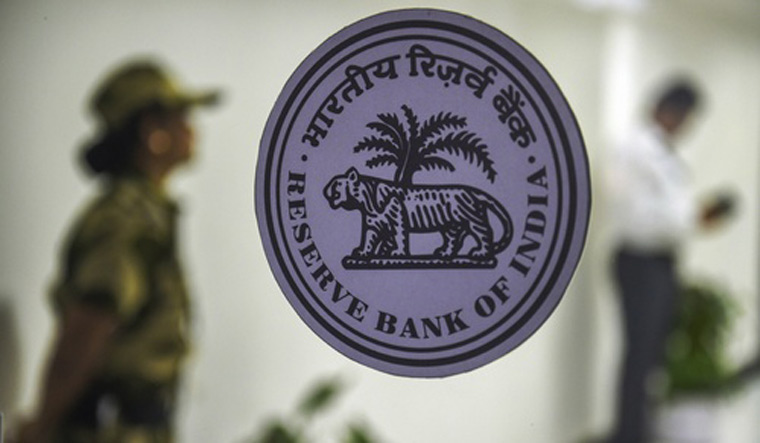India’s retail inflation continuing to stay below the Reserve Bank of India’s 4 per cent target, has raised further hopes that the central bank will cut interest rates again, when it meets next in October.
Inflation as measured by the consumer price index (CPI) eased marginally to 3.15 per cent in July, compared with 3.18 per cent in June, data released by the Ministry of Statistics showed. This was the 12th straight month that retail inflation has remained below the RBI target. Inflation as measured by the wholesale price index (WPI) cooled to a 25-month low of 1.08 per cent last month, from 2.02 per cent in June.
Retail inflation has moved in the 2.9 per cent to 3.2 per cent range over the past five months. In the same period, India’s economy has slowed. The GDP grew at just 5.8 per cent in the January-March quarter, compared with 6.6 per cent in the third quarter. GDP growth in the year ending March 2019 was at a five-year low of 6.8 per cent.
RBI’s monetary policy committee last week reduced its benchmark repo rate by 35 basis points (0.35 per cent) to 5.40 per cent. This was the fourth consecutive interest rate cut by the MPC as it looks to give a lift to a slowing economy.
“The MPC judged that with inflation projected to remain within target, addressing growth concerns and boosting aggregate demand, especially private investment, assumes the highest priority at this juncture,” said RBI Governor Shaktikanta Das had told reporters.
Considering that the CPI inflation has continued to undershoot the central bank’s target by a comfortable margin, and several sectors like automobiles and non-banking financial services reeling, many expect RBI to lower rates further. Subdued crude oil prices, slowing global growth and interest rate cuts by other central banks will also weigh.
“We continue to believe that the weak domestic and global growth impulses, benign crude price outlook and easy monetary policy by developed market central banks will provide space to the MPC to cut the repo rate by another 25-50 bps through the rest of FY2020,” said Suvodeep Rakshit and Upasna Bhardwaj, economists at Kotak Institutional Equities.
Sujan Hajra, chief economist at broking firm Anand Rathi expects a repo rate of up to 40bps by March 2020.
RBI has projected retail inflation in the 3.5 per cent and 3.7 per cent range in the October-March period. It also reduced its full year GDP forecast slightly to 6.9 per cent, while maintaining an accomodative policy stance.
“We believe that the rate cut cycle is on for the coming months, especially after the RBI highlighted revival of private investment as highest priority against a background of benign inflation,” said Aishwarya Sonker, economist at JM Financial Institutional Securities.
However, a bounce back in core inflation and rising food prices could limit the room the central bank has in lowering interest rates.
Core inflation surprised on the upside in July, rising 4.4 per cent, from 4.1 per cent in June. Elsewhere, prices of vegetables, fruits, pulses, cereals and meat posted sequential gains.
“The continued hardening of food and turnaround of core inflation suggest that the risk to inflation, though relatively modest, is more towards hardening than softening,” said Hajra of Anand Rathi.
Monsoon arrived late in several states this year, and although it has picked up over the last few weeks, distribution has been uneven. Furthermore, floods across several states have damaged vast tracts of farm lands. All these things will could weigh on food prices on the upside over the next few months.
“The high frequency data suggests that food prices have sustained their upward momentum in August, albeit at a slower pace. Even though, the rainfall deficit is down to nil, the distribution of rainfall has been skewed. We remain wary of the impact of this on food inflation,” said the Kotak economists.
Aditi Nayar, principal economist with ratings agency ICRA points out that despite the catch up kharif sowing continues to lag the year-ago levels for all major crops except cotton, thus clouding the outlook for crop production and food prices.
Nayar expects CPI inflation to “inch up” in the next two months. However, it will still be below the RBI’s target, which may allow a 15bps rate cut in October, she added.



